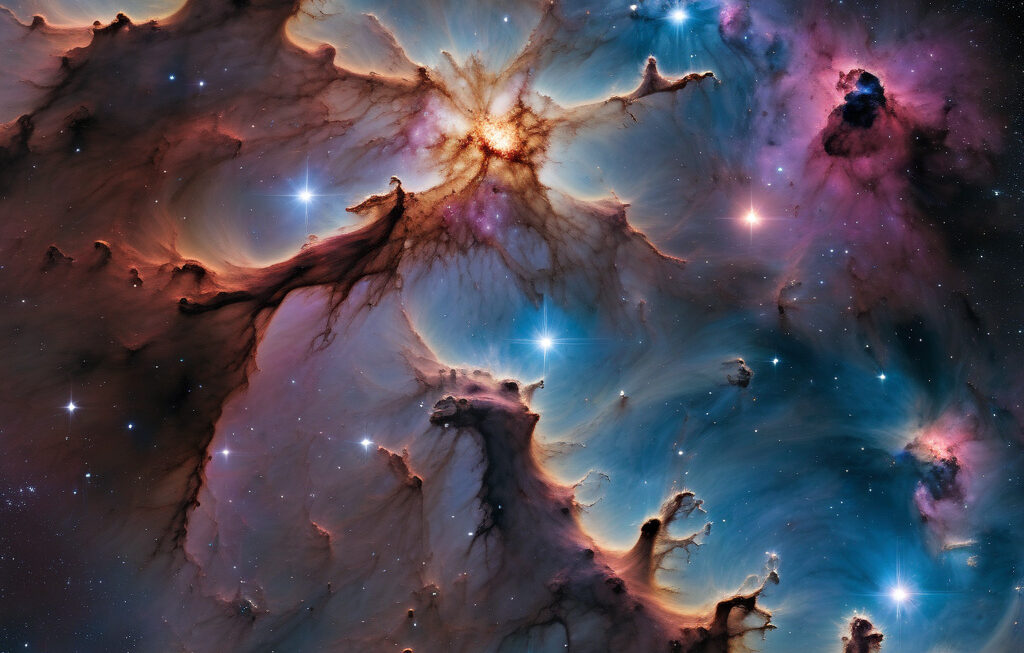104 Quasi-Stellar Objects Studied Using MeerKAT Radio Telescope Reveal Stunning Details
Quasars, or short for quasi-stellar objects, are intensely luminous cores of distant galaxies powered by supermassive black holes. These cosmic beacons emit staggering amounts of energy, outshining entire galaxies as they devour surrounding matter. Recently, a groundbreaking study utilized the cutting-edge MeerKAT radio telescope to scrutinize 104 quasars, unraveling a treasure trove of insights into these enigmatic entities.
The MeerKAT radio telescope, located in the remote Karoo desert in South Africa, boasts an array of 64 radio dishes, meticulously designed to capture radio waves emanating from celestial phenomena. This technological marvel provided researchers with unprecedented clarity and resolution, offering a glimpse into the intricate details of quasars scattered across the cosmos.
One of the most intriguing findings of this study was the diverse range of properties exhibited by the 104 quasars under scrutiny. Despite sharing a common classification as quasi-stellar objects, each quasar displayed unique characteristics, such as varying levels of brightness, spectral features, and host galaxy interactions. This variability challenges conventional models of quasar formation and evolution, hinting at a rich tapestry of processes at play in the distant corners of the universe.
Moreover, the MeerKAT observations unveiled intricate structures within the quasar environments, shedding light on the mechanisms governing their luminous displays. By mapping out the distribution of radio emissions with unprecedented detail, researchers were able to trace the intricate interplay between the supermassive black holes at the quasars’ cores and the surrounding gas and dust. These intricate interactions not only fuel the quasars’ luminosity but also influence the evolution of their host galaxies over cosmic timescales.
Furthermore, the study’s findings have significant implications for our understanding of galaxy formation and evolution. Quasars are believed to play a crucial role in regulating the growth of galaxies by influencing the distribution of gas and the formation of stars. The detailed observations provided by MeerKAT offer valuable insights into these processes, helping astronomers unravel the complex interconnections between supermassive black holes and their cosmic environments.
In addition to advancing our scientific knowledge, the study underscores the importance of cutting-edge technologies in pushing the boundaries of astronomical research. Instruments like the MeerKAT radio telescope enable researchers to peer deeper into the cosmos than ever before, unveiling hidden facets of the universe and challenging existing paradigms. As we continue to harness the power of innovation and technological progress, the mysteries of the cosmos are slowly but steadily being unveiled.
In conclusion, the study of 104 quasars using the MeerKAT radio telescope has provided a wealth of new insights into these enigmatic cosmic objects. From the diverse properties exhibited by quasars to the intricate structures within their environments, each observation adds a piece to the puzzle of understanding the universe’s most luminous beacons. As we look towards the future, the relentless pursuit of knowledge and the relentless drive to explore the cosmos will undoubtedly lead to even more astonishing discoveries.
quasars, MeerKAT, radio telescope, galaxy formation, astronomical research











